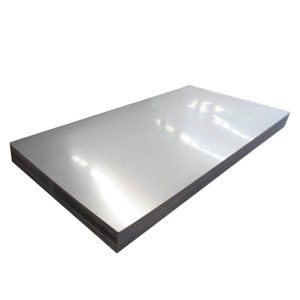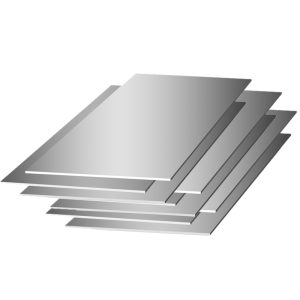304 stainless steel plate and 310S stainless steel plate difference
01-31-24
Stainless steel plates play an important role in a variety of industrial and home applications, and 304 stainless steel plates and 310S stainless steel plates as two of the common models, although there are many similarities, but there are also some significant differences. This article will discuss the difference between these two stainless steel plates in detail.
First of all, let's look at 304 stainless steel plate. 304 stainless steel plate is a stainless steel model widely used in household and industrial applications, such as kitchenware, medical devices and auto parts. Its main components are iron, chromium and nickel, of which the chromium content accounts for 18% to 20%, and the nickel content accounts for 8% to 10.5%. This combination of chemical components makes 304 stainless steel plate have good corrosion resistance and beautiful surface.
However, compared with 304 stainless steel plates, 310S stainless steel plates have higher heat resistance. The main components of 310S stainless steel plate are chromium, nickel and molybdenum, of which the content of chromium accounts for 24% to 26%, the content of nickel accounts for 19% to 22%, and the content of molybdenum is less than 0.75%. This chemical composition enables 310S stainless steel plate to maintain good mechanical properties under high temperature environment, so it is widely used in aerospace, chemical and pharmaceutical fields.
In addition, the oxidation resistance and corrosion resistance of 310S stainless steel plate is also better than 304 stainless steel plate. This characteristic makes the 310S stainless steel plate better resistant to oxidation and corrosion in high temperature environments, thus extending its service life.
In general, although 304 stainless steel plate and 310S stainless steel plate are austenitic stainless steel, due to their different chemical composition, there are significant differences in heat resistance, oxidation resistance and corrosion resistance. When choosing which stainless steel plate to use, it needs to be determined according to the specific application environment and requirements.






